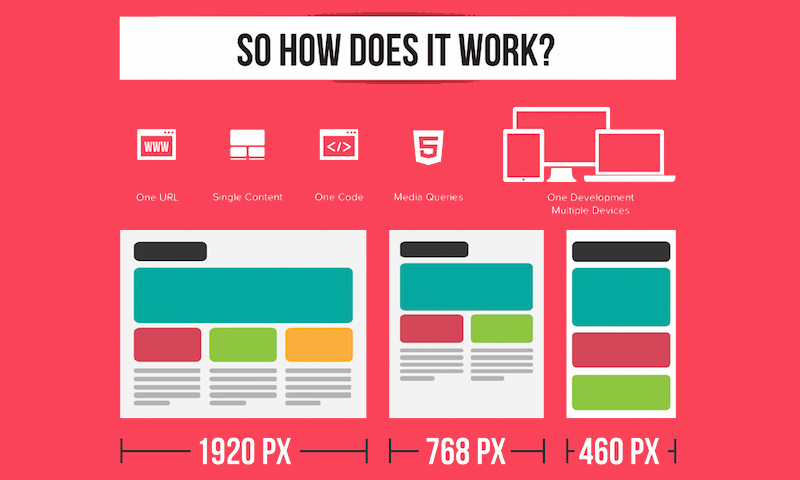Fundamental Facets Of Web Design: Standards For Creating A User-Centric Site
Fundamental Facets Of Web Design: Standards For Creating A User-Centric Site
Blog Article
Created By-Le Daugaard
When it concerns site design, making certain user-friendliness is crucial. From responsive design to streamlined navigating, every element plays an important role in producing a website that caters to your audience's needs. Yet what concerning the finer details that can make or damage a user's searching experience? Remain tuned as we reveal some often-overlooked tips that can boost your internet site's use to the next degree, making it genuinely attract attention in the electronic landscape.
Relevance of Responsive Layout
Responsive style is a vital facet of contemporary website development. Ensuring https://realtybiznews.com/real-estate-digital-marketing-2/98767091/ is responsive means that it can adapt to various display sizes and gadgets, giving a smooth experience for individuals.
With the boosting use smart devices and tablets to access the internet, having a receptive style is crucial for reaching a wider audience. It assists in improving individual experience by making your website simple to browse and continue reading any tool.
In addition, receptive layout can positively influence your online search engine rankings, as online search engine like Google focus on mobile-friendly internet sites. By having a receptive layout, you're also future-proofing your website, as new devices with varying screen sizes continue to emerge.
Simplify Navigating Structure
To enhance individual experience and help with easy access to information on your web site, simplifying the navigating framework is vital. When making your site, focus on producing a clear and intuitive navigation menu that helps visitors discover what they're searching for rapidly.
Limitation the variety of food selection items to the basics, grouping associated web pages together to prevent overwhelming users. Use descriptive tags that clearly indicate the material of each page, making it easier for individuals to comprehend where each web link will certainly take them.
Consider carrying out dropdown food selections for subcategories to avoid jumbling the primary navigation bar. In addition, consist of a search bar prominently on the web page for individuals that prefer searching for certain info.
Focus on mobile responsiveness in your navigation style to make sure easy accessibility on all gadgets.
Optimize Page Load Rate
Improving web page lots rate is vital for maintaining visitors on your web site. Slow-loading just click the next document and can bring about high bounce rates. To optimize page tons rate, beginning by maximizing pictures. Compress pictures without jeopardizing top quality to lower their file sizes.
In addition, enable browser caching to save often accessed resources locally, accelerating lots times for returning visitors. Minify CSS, JavaScript, and HTML files by removing unnecessary characters, comments, and format, boosting lots rate.
Think about using a web content delivery network (CDN) to distribute your web site's material throughout several web servers worldwide, reducing latency for users accessing your site from various areas. Last but not least, restrict the use of third-party scripts and plugins, as they can considerably affect lots times.
Verdict
To conclude, by including receptive design, simplifying navigation, and optimizing web page load speed, you can create a straightforward website that interest a wider target market and improves user experience. These essential elements guarantee that site visitors can conveniently gain access to and navigate your site across various gadgets, bring about enhanced engagement and complete satisfaction. By focusing on these vital elements, you can build an effective web site that keeps customers returning for even more.
